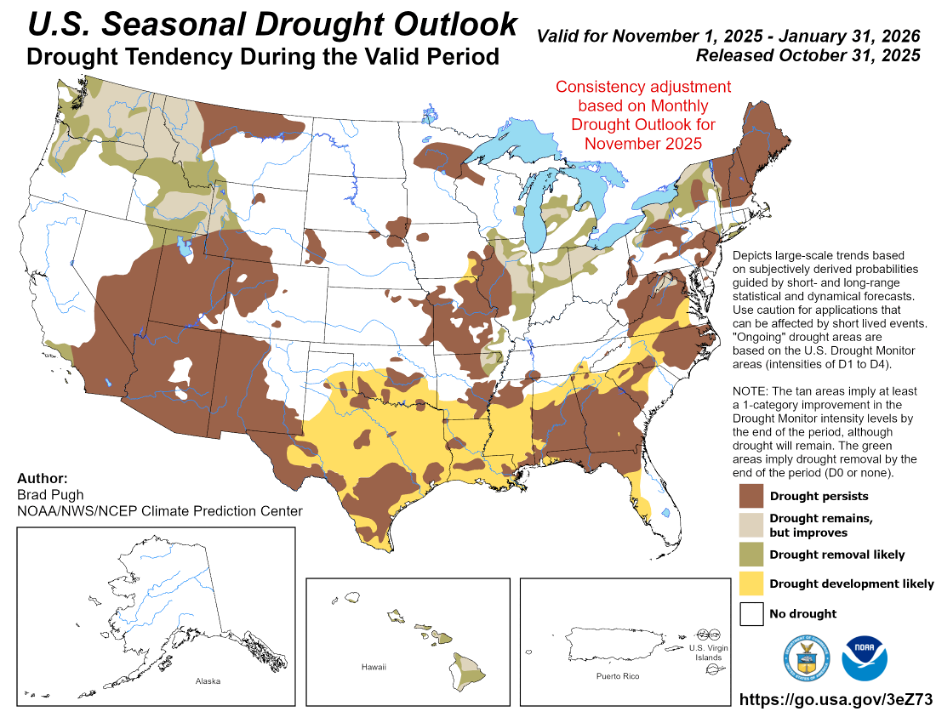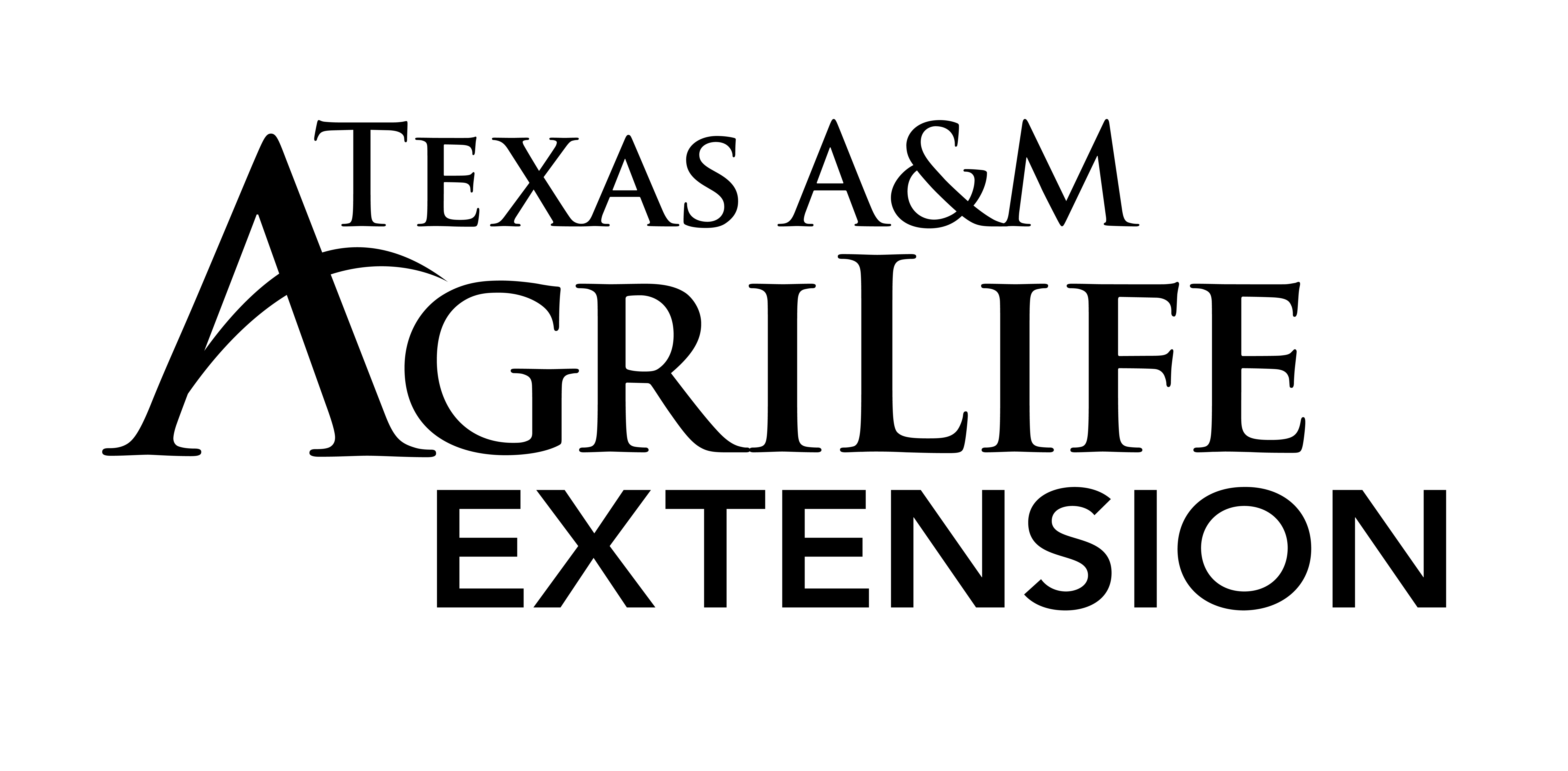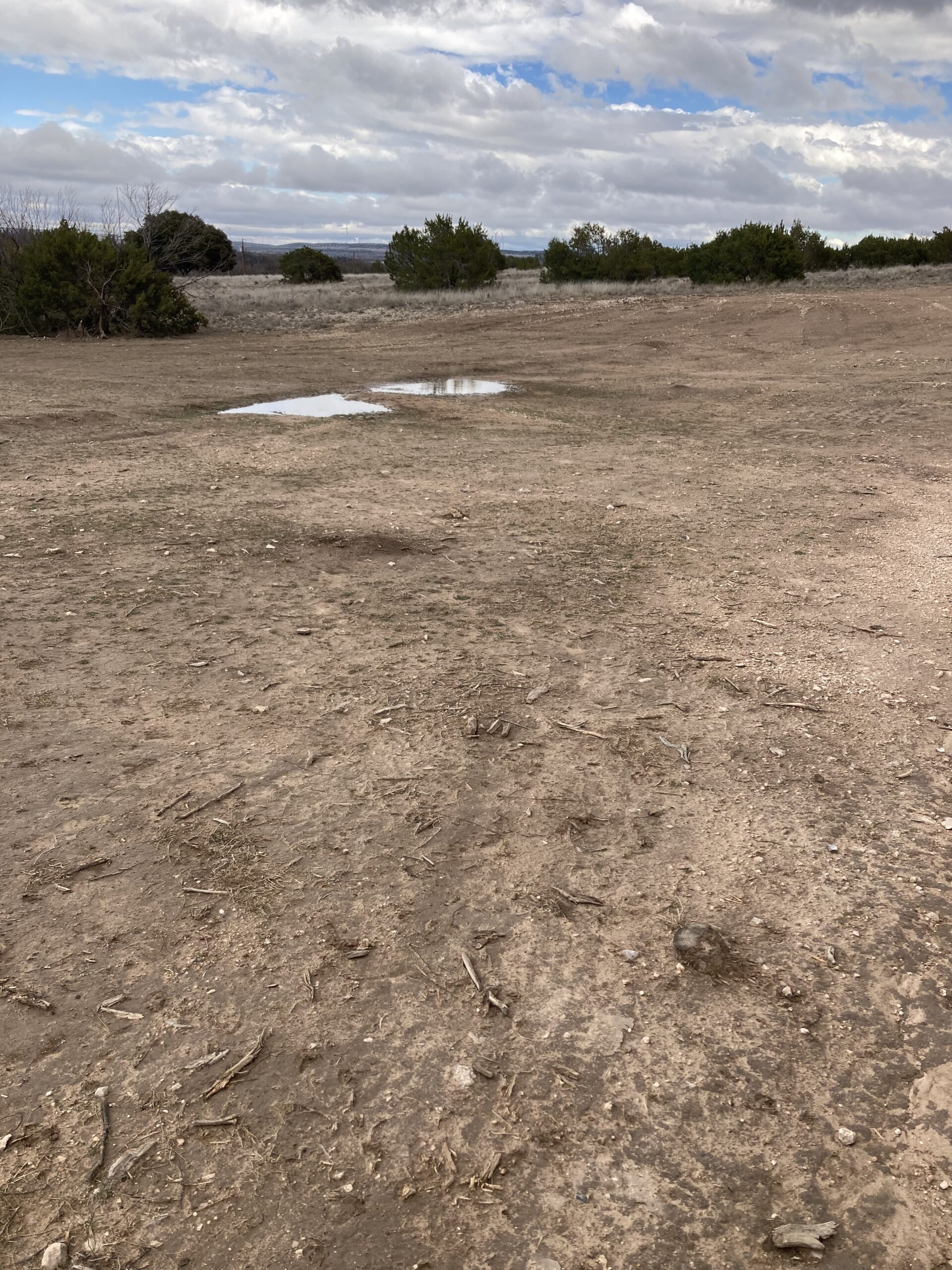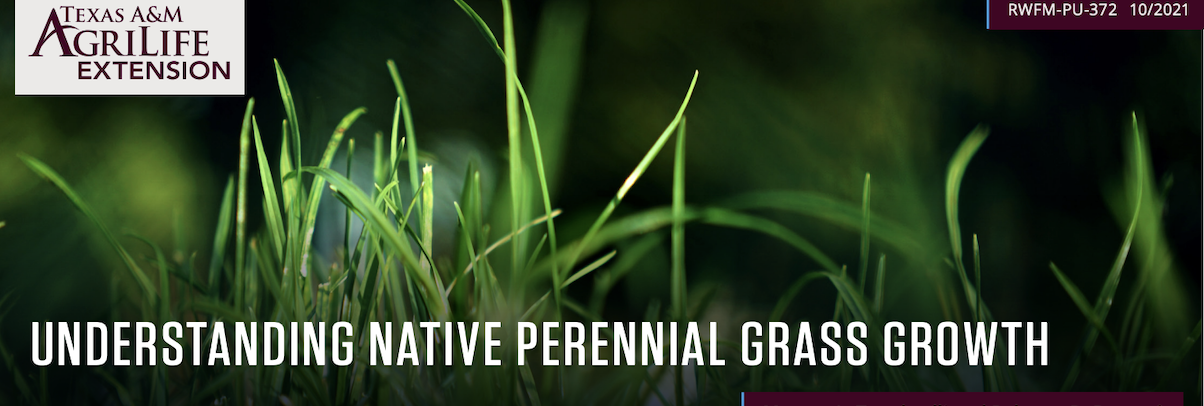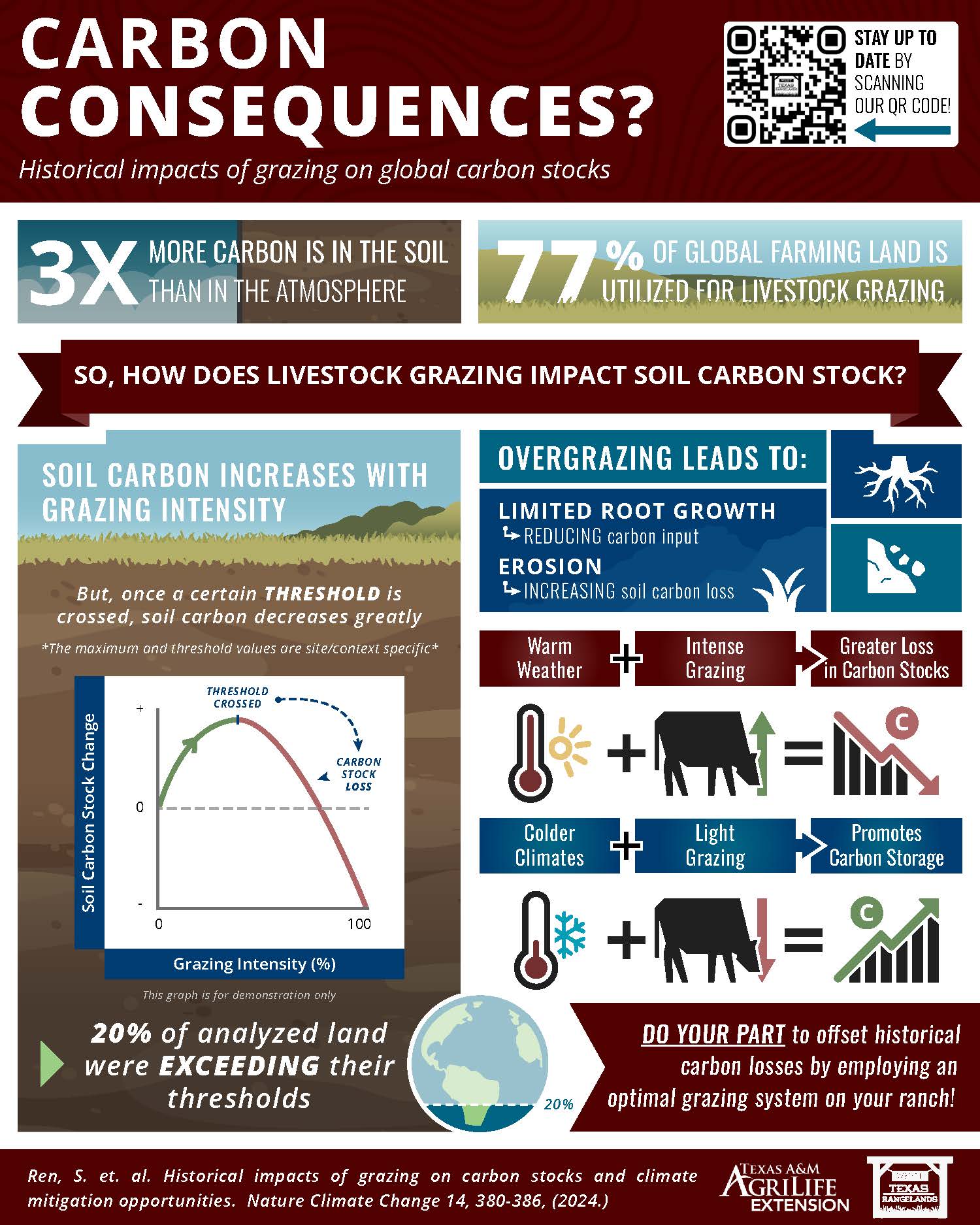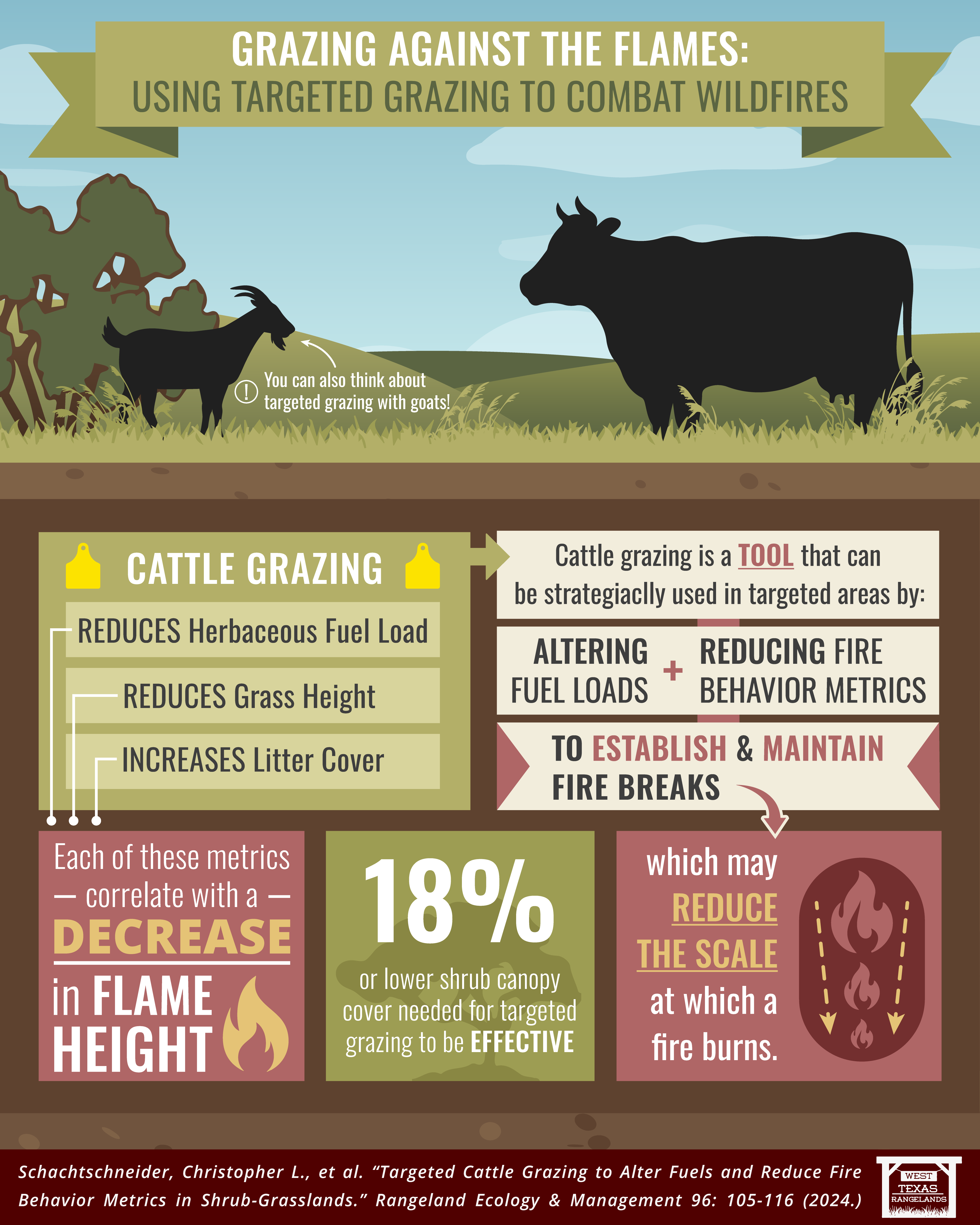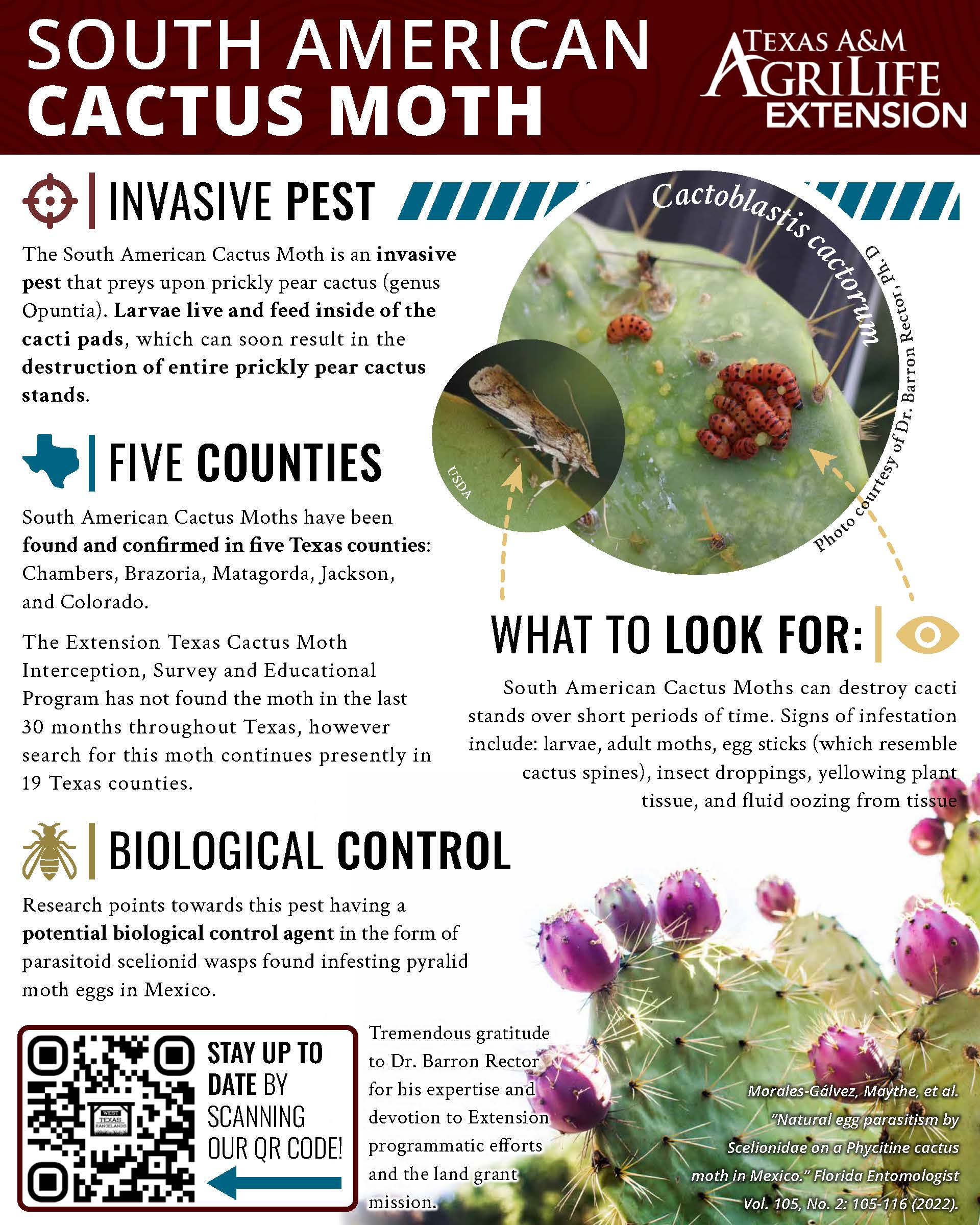- Drought conditions (D1–D4) increased to 33% of the state, up from 24% four weeks ago; statewide reservoir storage decreased to 73.9% full, down from 75.6% four weeks ago, about 6 percentage points below normal for this time of year.
- We are now a La Niña Advisory with a 55% chance of La Niña conditions continuing into the January-March season.
- Most of the state is projected to be in drought over the next three months.
Isn’t it ironic that this last summer presented us with more than above average rainfall, yet not only is 33% of Texas in D1-D4 status, but our statewide reservoir storage is currently at 73.9%. This becomes increasingly concerning as we watch La Niña take a firm hold with a 55% chance of La Niña conditions continuing into the January-March season. Not only does this present challenging dormant season grazing management conditions, but wildfire will be at the top of rangeland manager’s concerns.
Bottom line, this winter will suck. Get your game face on, dust off your drought plan, budget your numbers to see how late into winter/early spring your forage base can survive. We will always remain optimistic, but we will also plan and prepare. And with any rangeland management, we will remain adaptive holding strong to the grazing management and soil health principles guiding our practices and decisions. For a comprehensive Wildfire Ready checklist, please click here and for our Preparing the Ranch publication click here.
Much appreciation to Robert Mace for his insight and wisdom in his outlook + water November 3, 2025 article found at: https://texaspluswater.wp.txstate.edu/.
